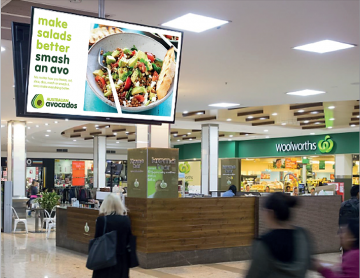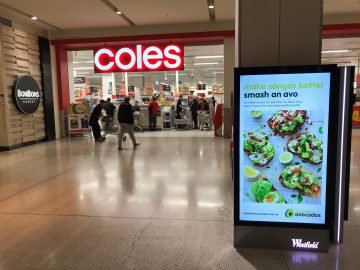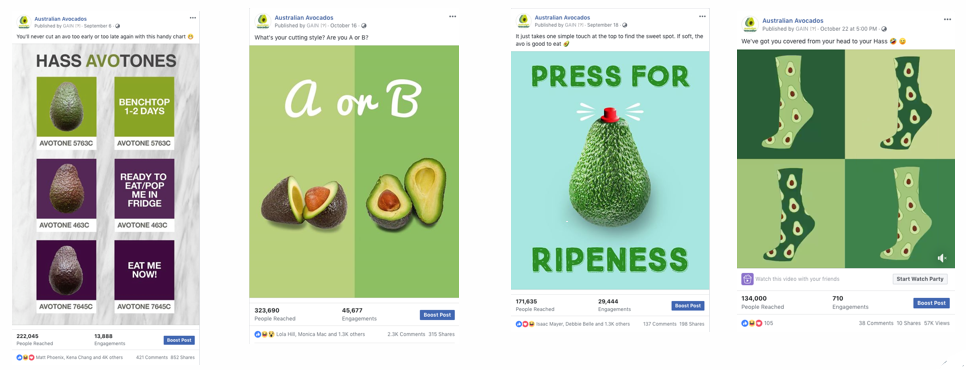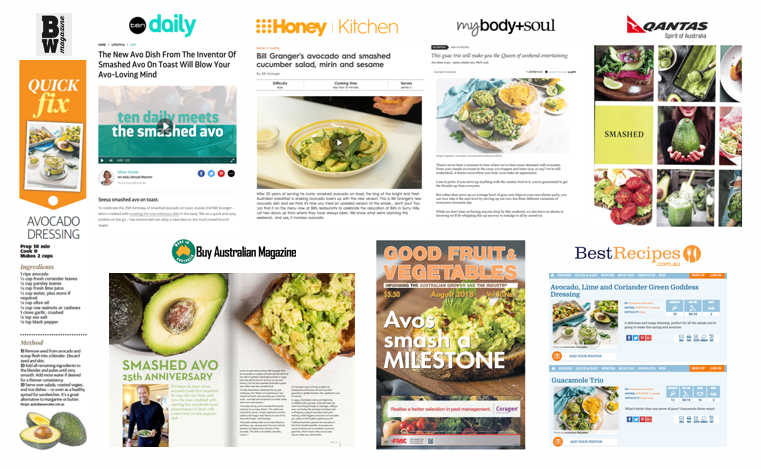The bacterium Xylella fastidiosa is one of the most serious biosecurity threats to all of Australian agriculture, as it has one of the widest host ranges of any plant pathogen and causes economically-important diseases in many crop and ornamental plant species including grape, citrus, olive, coffee, oleander, peach, plum, almond, lucerne and avocado (for a regularly updated database of host species, see www.efsa.europa.eu/en/microstrategy/xylella). This bacterium inhabits the xylem of the plant and causes blockages that prevent water and mineral transport. It is speculated that almost any xylem-feeding insect could transmit the bacterium, hence there is a strong likelihood that an endemic insect species could act as a vector, in the event that only the bacterium was introduced into Australia. Known vectors elsewhere in the world include sharpshooter leafhoppers (Hemiptera: Cicadellidae: Cicadellinae) and spittlebugs (Hemiptera: Cercopoidea).
Xylella fastidiosa is a genetically diverse bacterium, with five recognised subspecies (subsp. fastidiosa, multiplex, pauca, sandyi and morus) and additional strains within each subspecies. The strong consensus is that X. fastidiosa evolved in the Americas but with different geographical origins for each subspecies; subsp. multiplex is believed to have originated in North America, subsp. fastidiosa in Central America and subsp. pauca in South America. Understanding genetic diversity is important, as the different subspecies and strains have different host ranges, and are transmitted at varying efficiencies by the different insect species. How different bacterial genotypes, insect vectors and host plant species interact to cause disease epidemics is poorly understood. In the USA, X. fastidiosa is transmitted by native sharpshooters but the introduction of the glassy-winged sharpshooter (Homalodisca vitripennis) to California in the late 1990s led to a dramatic increase in the incidence of disease in grapevines.
For much of time, X. fastidiosa remained confined to the New World. However, X. fastidiosa was detected for the first time in Europe in 2013 as part of studies to determine the cause of a disease that was devastating ancient olive groves in southern Italy. Following this incursion, delimitation surveys were undertaken and the pathogen was also found in France and Spain in more than 30 host species, including Oleander, cherry, almond and many endemic species in the Mediterranean flora. Genetic studies suggested a single, recent introduction of the pathogen into southern Italy from Costa Rica. This pathogen incursion would have been facilitated by humans, as the insect vectors would not have had the capacity to cross the Atlantic Ocean by their own means. Trade in ornamental plants is thought to be the pathway by which the bacterium entered Europe.
Given its very broad host range, it is not surprising that X. fastidiosa also infects avocado. The first published report of disease in avocado trees caused by this pathogen was from Costa Rica in 2007 (Montero-Astúa et al., 2007). In this study, infected trees were found at two distinct geographical locations, in mountains to the north and south of the Central Valley (Alajuela and San José provinces). Disease symptoms included:
- chlorotic mottling, marginal scorch and deformation of the leaves (wavy edge; sometimes shorter on one edge, giving a crescent shape)
- defoliation
- shortening of internodes;
- branch dieback;
- an uneven distribution of symptoms across the tree, with some branches appearing healthy.
Some of these symptoms are illustrated in the accompanying photographs (Figures 1-3).

Little is known about the nature of epidemics of X. fastidiosa in avocado in Costa Rica. It is likely that the pathogen is more widespread within avocado orchards in Costa Rica and in neighbouring countries of Central America. Knowledge of pathogen strain diversity and insect vectors in avocado orchards is also non-existent, which is critical information for understanding disease epidemiology. Finally, problems were encountered with obtaining pure cultures of X. fastidiosa from avocado, possibly due to the mucilaginous sap that was released when the leaves were sampled. Clearly, more research is needed considering the seriousness of this disease.
The only other report of X. fastidiosa infecting avocado is from California (California Minor Crops Council, https://ipmdata.ipmcenters.org/documents/pmsps/CAavocado.pdf). While avocado is not a preferred host of the glassy-winged sharpshooter, this insect pest will infest avocado trees when other suitable hosts are not available for feeding or when populations of the sharpshooter are very high, particularly when avocado and orange are grown in proximity to each other. X. fastidiosa has been detected in avocado but these infections were not associated with any symptoms. These observations contrast with those from Costa Rica, most likely due to genetic differences between the bacterial populations in the two regions. In California, the glassy-winged sharpshooter alone causes economic losses to the avocado farmers as it feeds on the fruit stalk and deposits excrement over the fruit, reducing its marketability.
It is no wonder that X. fastidiosa is rated the most important biosecurity threat to Australian horticulture by the Department of Agriculture and Water Resources. If symptoms similar to those in Figures 1, 2 and 3 are noticed by anyone in Australia, it is very important to notify biosecurity agencies as soon as possible (please call the Exotic Plant Pest Hotline on 1800 084 881) or contact us by email (L.Parkinson@uq.edu.au). If X. fastidiosa was to establish in Australia, the viability of many horticultural industries would be at risk.


Further reading
- Montero-Astúa M, Saborío-R G, Chacón-Díaz C, Garita L, Villalobos W, Moreira L, Hartung JS, Rivera C (2007) First report of Xylella fastidiosa in avocado in Costa Rica. Plant Disease 92 (1):175-175. https://apsjournals.apsnet.org/doi/10.1094/PDIS-92-1-0175C
- Xylella (Xylella fastidiosa) – www.agriculture.gov.au/pests-diseases-weeds/plant/xylella
- Xylella fastidiosa – www.planthealthaustralia.com.au/pests/xylella-fastidiosa/
- Xylella fastidiosa – https://gd.eppo.int/taxon/XYLEFA/photos
Acknowledgements
We thank Dr Mauricio Montero Astúa for useful discussions and kindly providing photographs of disease symptoms. This project has been funded by Hort Innovation, using the avocado research and development levy and contributions from the Australian Government.

This article was prepared by the authors for the Autumn 2019 edition of Talking Avocados (number 30, volume 1).




















